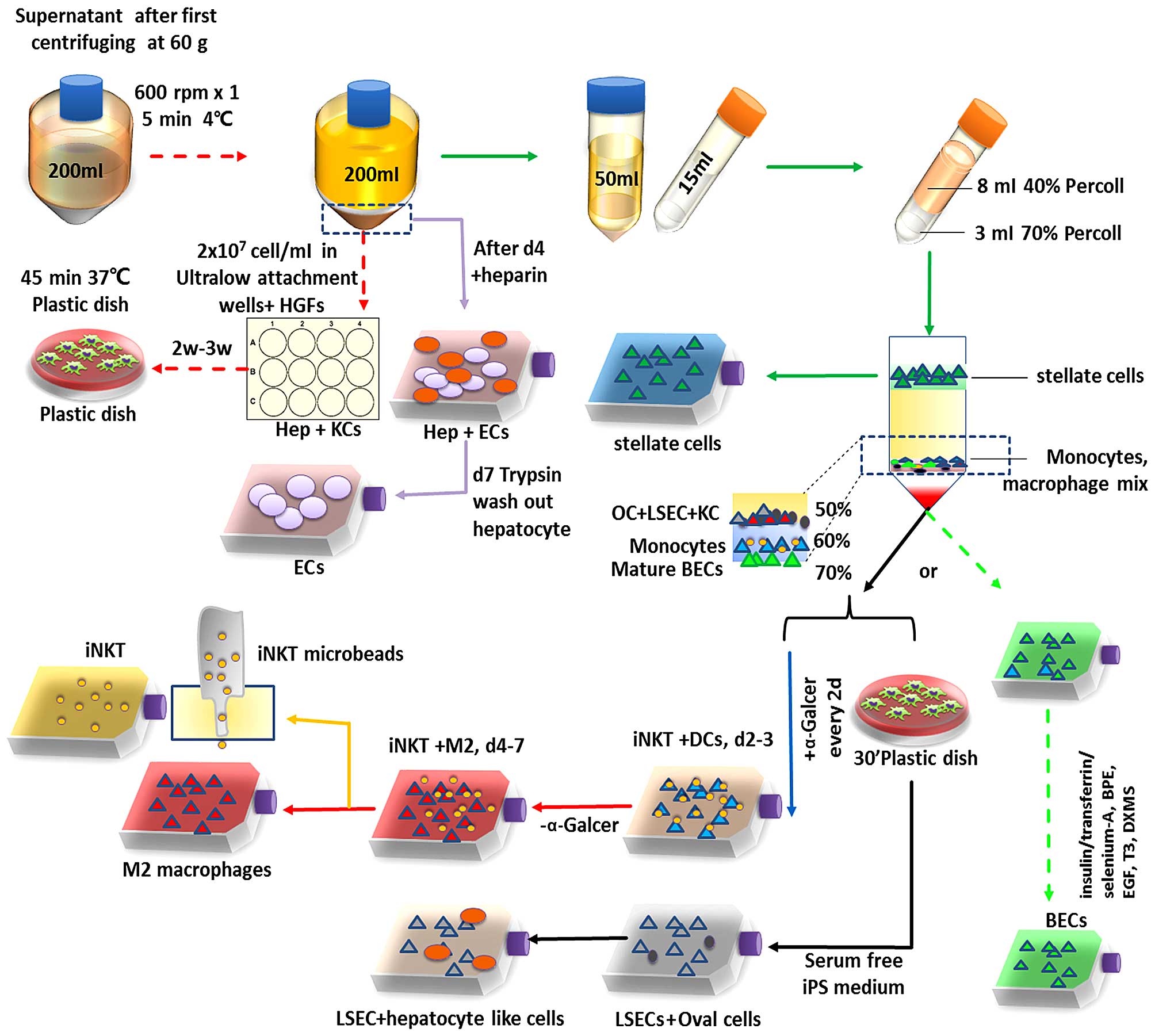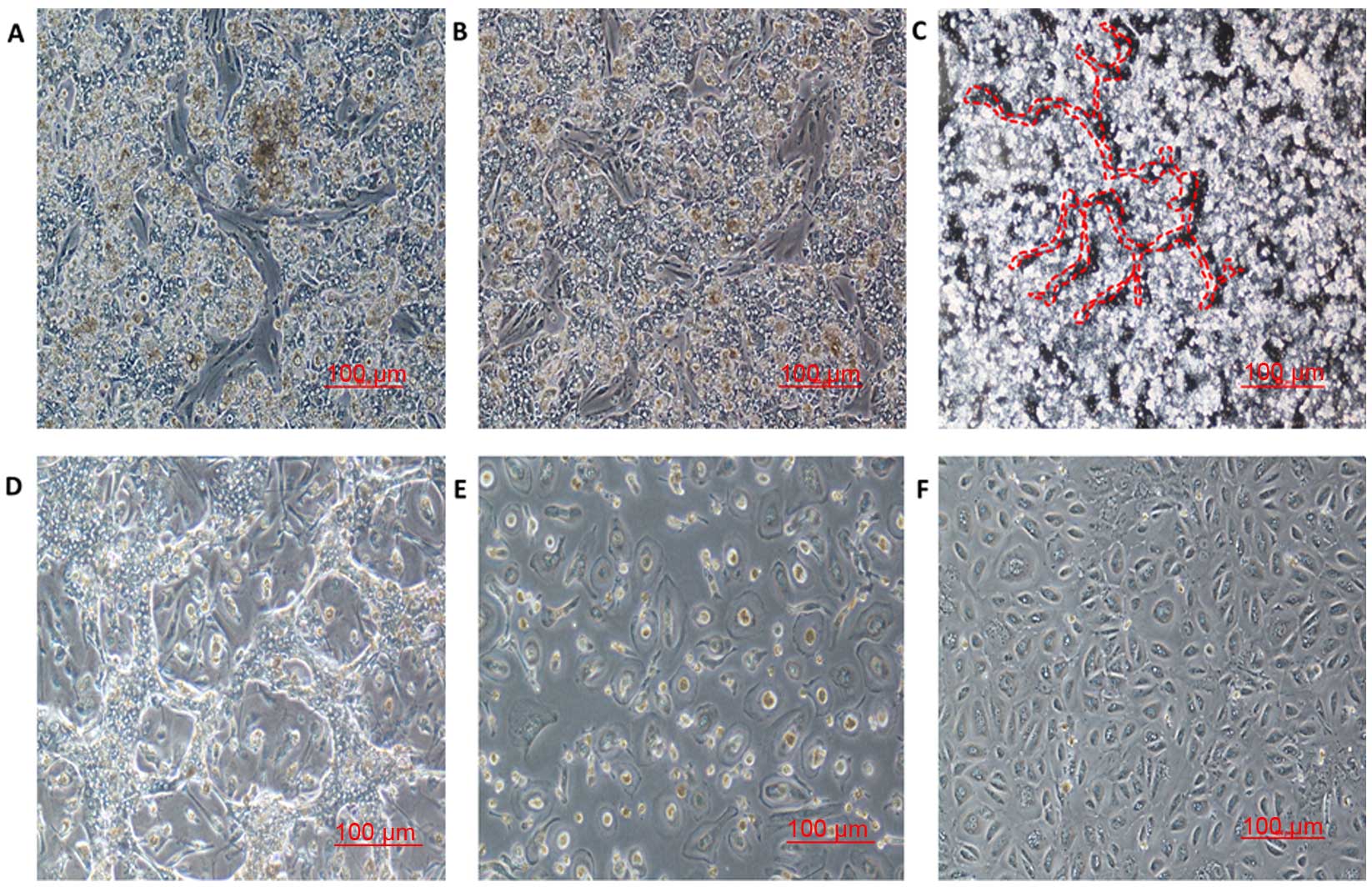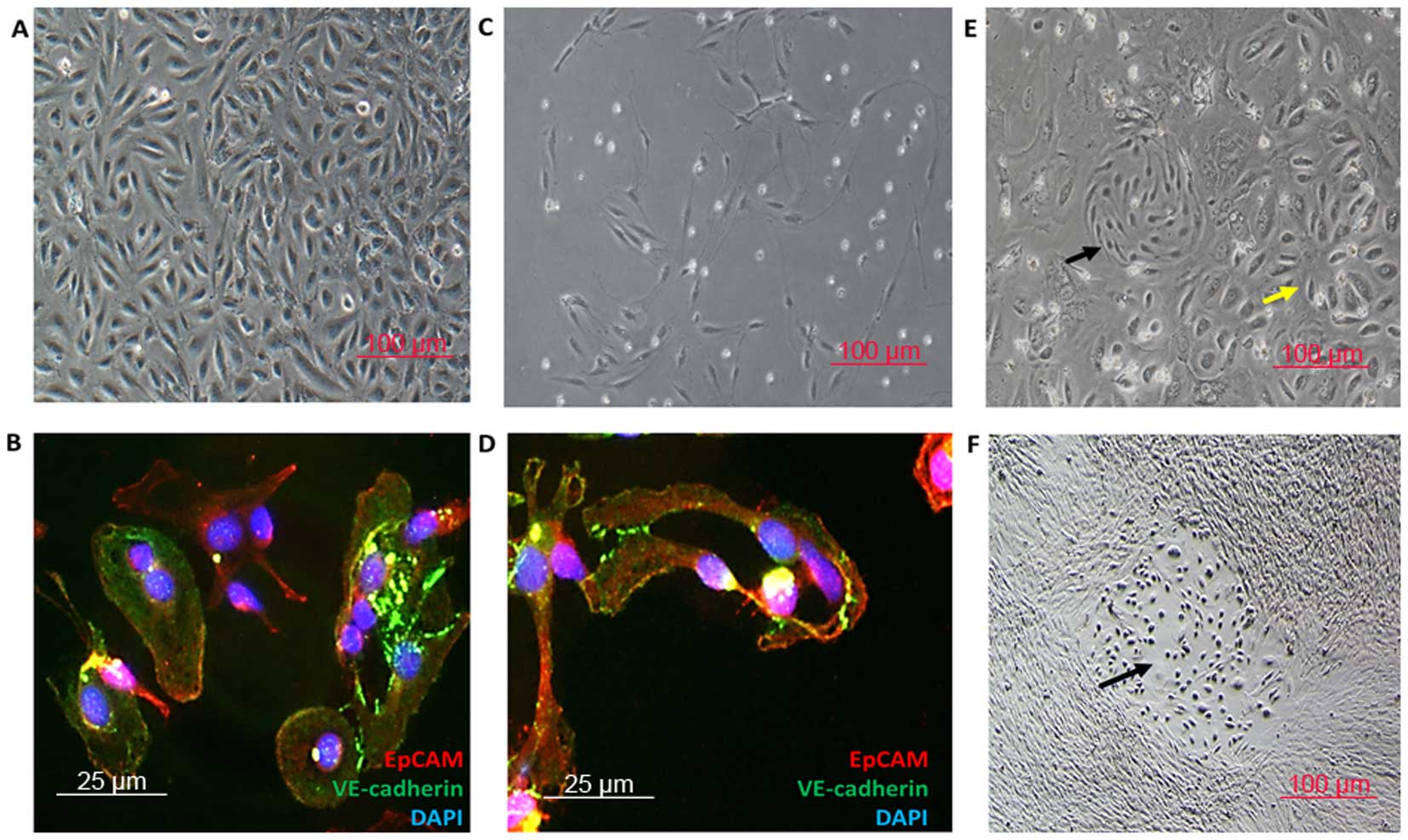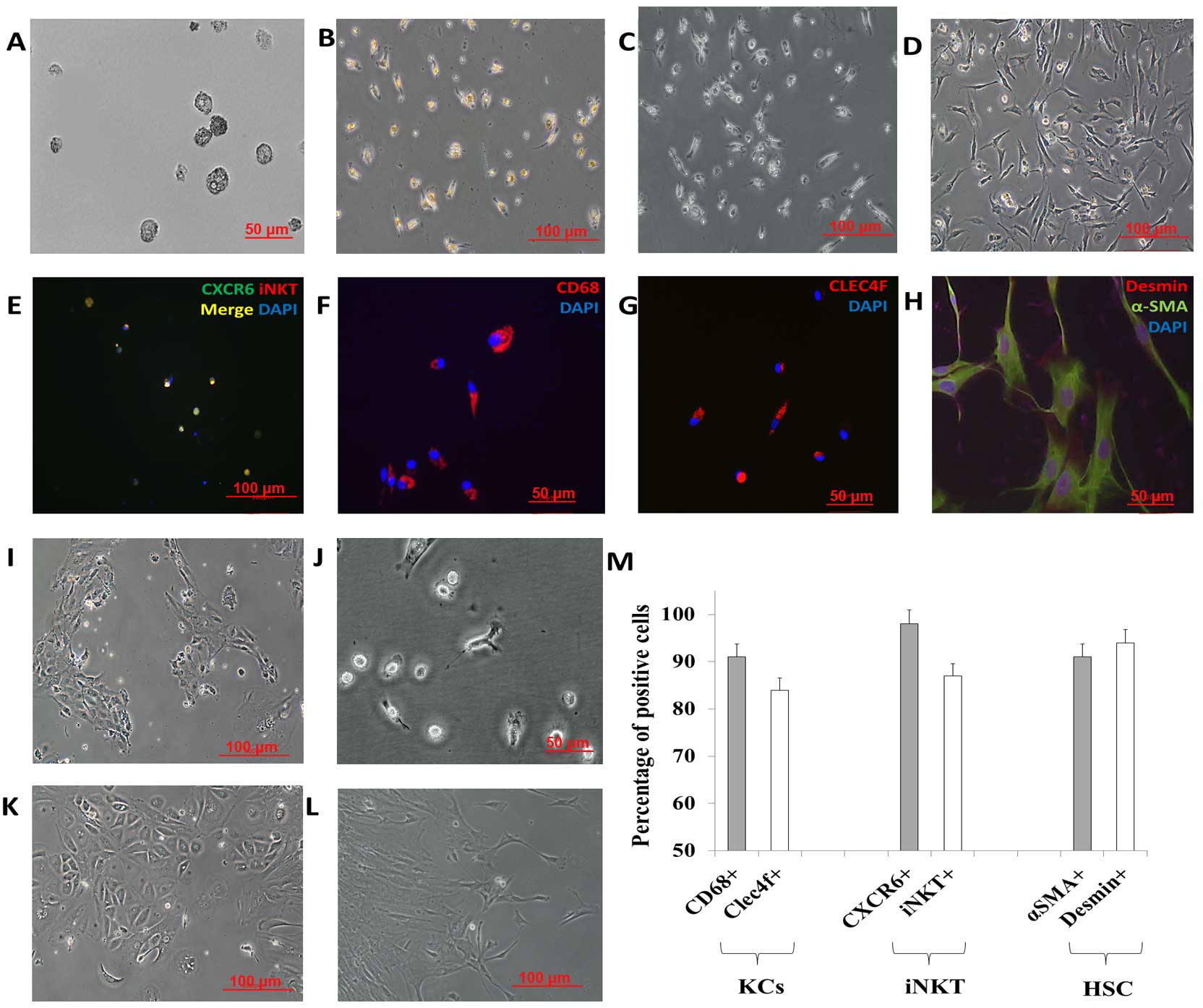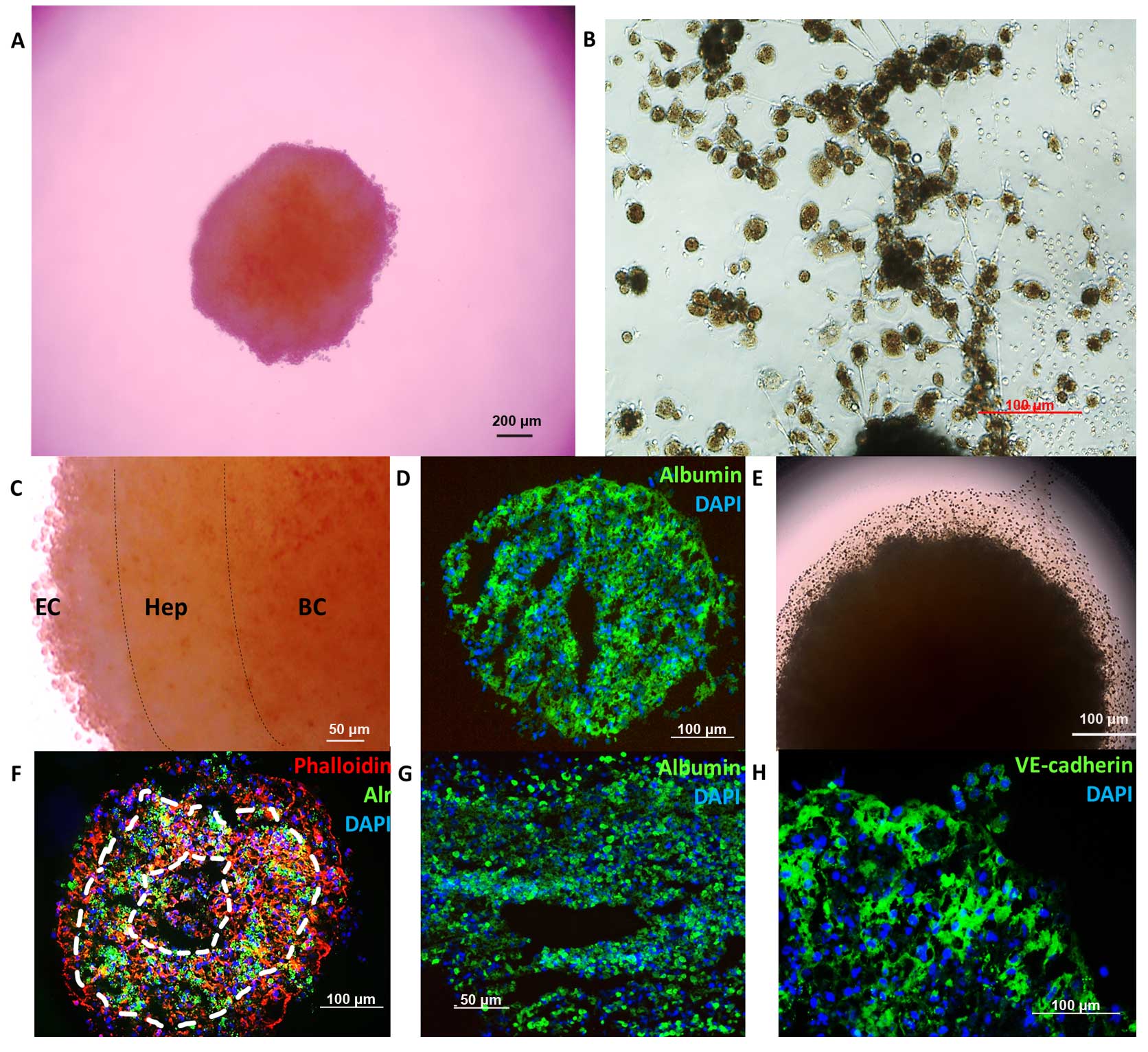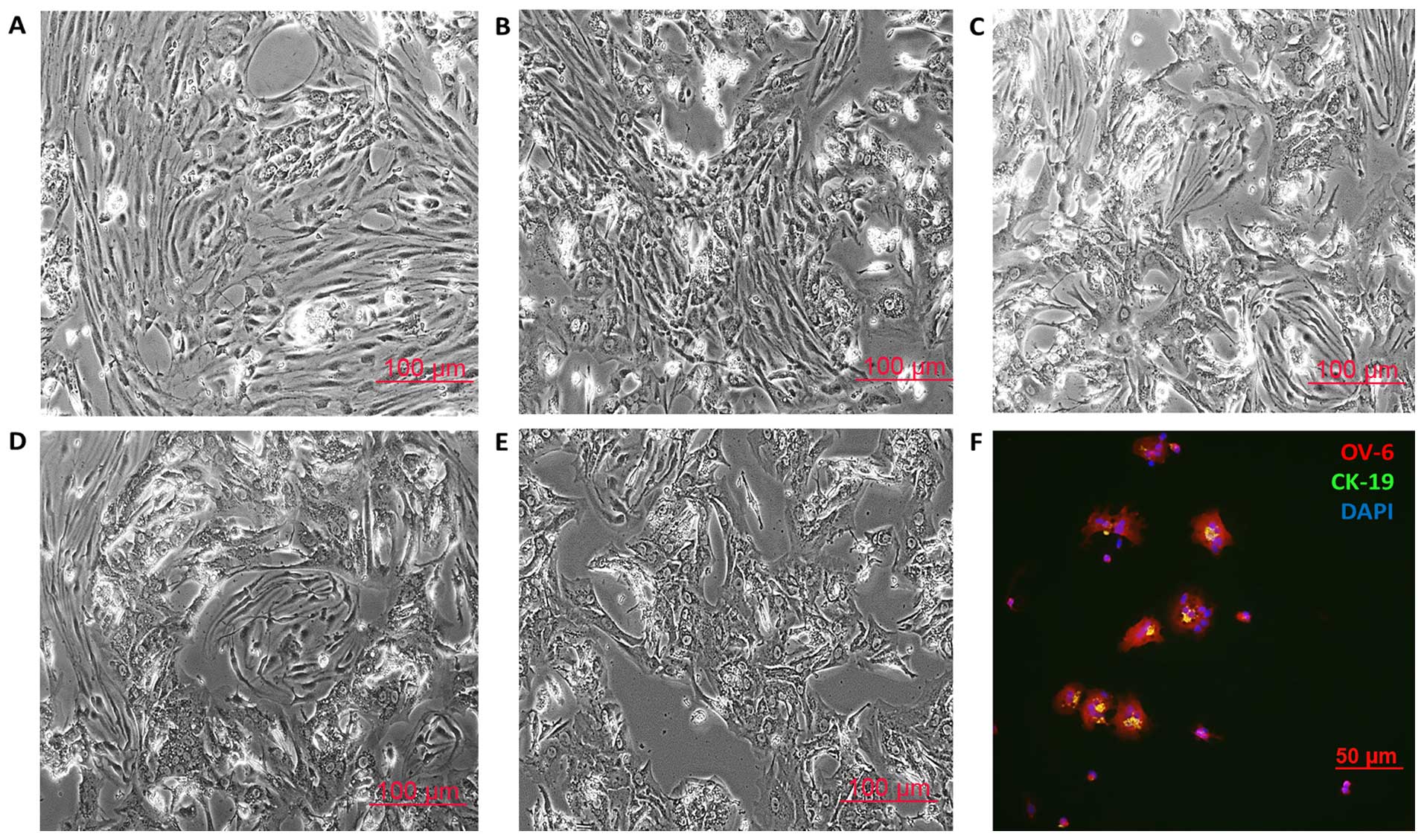|
1
|
Paget S: The distribution of secondary
growths in cancer of the breast. 1889 Cancer Metastasis Rev.
8:98–101. 1989.
|
|
2
|
Langley RR and Fidler IJ: Tumor cell-organ
microenvironment interactions in the pathogenesis of cancer
metastasis. Endocr Rev. 28:297–321. 2007. View Article : Google Scholar : PubMed/NCBI
|
|
3
|
Wanebo HJ, Chu QD, Avradopoulos KA and
Vezeridis MP: Current perspectives on repeat hepatic resection for
colorectal carcinoma: A review. Surgery. 119:361–371. 1996.
View Article : Google Scholar : PubMed/NCBI
|
|
4
|
Malafosse R, Penna C, Sa Cunha A and
Nordlinger B: Surgical management of hepatic metastases from
colorectal malignancies. Ann Oncol. 12:887–894. 2001. View Article : Google Scholar : PubMed/NCBI
|
|
5
|
Bentrem DJ, Dematteo RP and Blumgart LH:
Surgical therapy for metastatic disease to the liver. Annu Rev Med.
56:139–156. 2005. View Article : Google Scholar : PubMed/NCBI
|
|
6
|
Pawlik TM, Schulick RD and Choti MA:
Expanding criteria for resectability of colorectal liver
metastases. Oncologist. 13:51–64. 2008. View Article : Google Scholar : PubMed/NCBI
|
|
7
|
Bhogal RH, Hodson J, Bartlett DC, Weston
CJ, Curbishley SM, Haughton E, Williams KT, Reynolds GM, Newsome
PN, Adams DH, et al: Isolation of primary human hepatocytes from
normal and diseased liver tissue: A one hundred liver experience.
PLoS One. 6:e182222011. View Article : Google Scholar : PubMed/NCBI
|
|
8
|
Seglen PO: Preparation of rat liver cells.
3 Enzymatic requirements for tissue dispersion. Exp Cell Res.
82:391–398. 1973. View Article : Google Scholar : PubMed/NCBI
|
|
9
|
Bhogal RH, Hodson J, Bartlett DC, Weston
CJ, Curbishley SM, Haughton E, Williams KT, Reynolds GM, Newsome
PN, Adams DH, et al: Isolation of primary human hepatocytes from
normal and diseased liver tissue: A one hundred liver experience.
PloS one. 6:e182222011. View Article : Google Scholar : PubMed/NCBI
|
|
10
|
Rothe GM: Electrophoresis of Enzymes:
Laboratory Methods (Springer Lab Manuals). 1st edition.
Springer-Verlag; Berlin, Heidelberger: pp. 39–45. 1994
|
|
11
|
Holmén C, Christensson M, Pettersson E,
Bratt J, Stjärne P, Karrar A and Sumitran-Holgersson S: Wegener's
granulomatosis is associated with organ-specific antiendothelial
cell antibodies. Kidney Int. 66:1049–1060. 2004. View Article : Google Scholar : PubMed/NCBI
|
|
12
|
Isidro RA, Bonilla FJ, Pagan H, Cruz ML,
Lopez P, Godoy L, Hernandez S, Loucil-Alicea RY, Rivera-Amill V,
Yamamura Y, et al: The probiotic mixture VSL#3 alters the
morphology and secretion profile of both polarized and unpolarized
human macrophages in a polarization-dependent manner. J Clin Cell
Immunol. 5:10002272014.PubMed/NCBI
|
|
13
|
Lavin Y, Winter D, Blecher-Gonen R, David
E, Keren-Shaul H, Merad M, Jung S and Amit I: Tissue-resident
macrophage enhancer landscapes are shaped by the local
microenvironment. Cell. 159:1312–1326. 2014. View Article : Google Scholar : PubMed/NCBI
|
|
14
|
Daneker GW, Lund SA, Caughman SW, Swerlick
RA, Fischer AH, Staley CA and Ades EW: Culture and characterization
of sinusoidal endothelial cells isolated from human liver. In Vitro
Cell Dev Biol Anim. 34:370–377. 1998. View Article : Google Scholar : PubMed/NCBI
|
|
15
|
Elvevold K, Smedsrød B and Martinez I: The
liver sinusoidal endothelial cell: A cell type of controversial and
confusing identity. Am J Physiol Gastrointest Liver Physiol.
294:G391–G400. 2008. View Article : Google Scholar
|
|
16
|
Podgrabinska S, Braun P, Velasco P, Kloos
B, Pepper MS and Skobe M: Molecular characterization of lymphatic
endothelial cells. Proc Natl Acad Sci USA. 99:16069–16074. 2002.
View Article : Google Scholar : PubMed/NCBI
|
|
17
|
Yin C, Evason KJ, Asahina K and Stainier
DY: Hepatic stellate cells in liver development, regeneration, and
cancer. J Clin Invest. 123:1902–1910. 2013. View Article : Google Scholar : PubMed/NCBI
|
|
18
|
Massani M, Stecca T, Fabris L, Caratozzolo
E, Ruffolo C, Furlanetto A, Morton S, Cadamuro M, Strazzabosco M
and Bassi N: Isolation and characterization of biliary epithelial
and stromal cells from resected human cholangiocarcinoma: A novel
in vitro model to study tumorstroma interactions. Oncol Rep.
30:1143–1148. 2013.PubMed/NCBI
|
|
19
|
Muff MA, Masyuk TV, Stroope AJ, Huang BQ,
Splinter PL, Lee SO and Larusso NF: Development and
characterization of a cholangiocyte cell line from the PCK rat, an
animal model of Autosomal Recessive Polycystic Kidney Disease. Lab
Invest. 86:940–950. 2006. View Article : Google Scholar : PubMed/NCBI
|
|
20
|
Duret C, Gerbal-Chaloin S, Ramos J, Fabre
JM, Jacquet E, Navarro F, Blanc P, Sa-Cunha A, Maurel P and
Daujat-Chavanieu M: Isolation, characterization, and
differentiation to hepatocyte-like cells of nonparenchymal
epithelial cells from adult human liver. Stem Cells. 25:1779–1790.
2007. View Article : Google Scholar : PubMed/NCBI
|
|
21
|
Terrace JD, Currie IS, Hay DC, Masson NM,
Anderson RA, Forbes SJ, Parks RW and Ross JA: Progenitor cell
characterization and location in the developing human liver. Stem
Cells Dev. 16:771–778. 2007. View Article : Google Scholar : PubMed/NCBI
|
|
22
|
Li J, Xin J, Zhang L, Wu J, Jiang L, Zhou
Q, Li J, Guo J, Cao H and Li L: Human hepatic progenitor cells
express hematopoietic cell markers CD45 and CD109. Int J Med Sci.
11:65–79. 2013. View Article : Google Scholar
|
|
23
|
Bollyky PL and Wilson SB: CD1d-restricted
T-cell subsets and dendritic cell function in autoimmunity. Immunol
Cell Biol. 82:307–314. 2004. View Article : Google Scholar : PubMed/NCBI
|
|
24
|
Pfeiffer E, Kegel V, Zeilinger K,
Hengstler JG, Nüssler AK, Seehofer D and Damm G: Isolation,
characterization, and cultivation of human hepatocytes and
non-parenchymal liver cells. Exp Biol Med (Maywood). 240:645–656.
2015. View Article : Google Scholar
|
|
25
|
Werner M, Driftmann S, Kleinehr K, Kaiser
GM, Mathé Z, Treckmann JW, Paul A, Skibbe K, Timm J, Canbay A, et
al: All-in-one: Advanced preparation of human parenchymal and
non-parenchymal liver cells. PloS One. 10:e01386552015. View Article : Google Scholar : PubMed/NCBI
|
|
26
|
Aird WC: Phenotypic heterogeneity of the
endothelium: II. Representative vascular beds. Circ Res.
100:174–190. 2007. View Article : Google Scholar : PubMed/NCBI
|
|
27
|
Nolan DJ, Ginsberg M, Israely E, Palikuqi
B, Poulos MG, James D, Ding BS, Schachterle W, Liu Y, Rosenwaks Z,
et al: Molecular signatures of tissue-specific microvascular
endothelial cell heterogeneity in organ maintenance and
regeneration. Dev Cell. 26:204–219. 2013. View Article : Google Scholar : PubMed/NCBI
|
|
28
|
Asahara T, Murohara T, Sullivan A, Silver
M, van der Zee R, Li T, Witzenbichler B, Schatteman G and Isner JM:
Isolation of putative progenitor endothelial cells for
angiogenesis. Science. 275:964–967. 1997. View Article : Google Scholar : PubMed/NCBI
|
|
29
|
Duncan GS, Andrew DP, Takimoto H, Kaufman
SA, Yoshida H, Spellberg J, de la Pompa JL, Elia A, Wakeham A,
Karan-Tamir B, et al: Genetic evidence for functional redundancy of
platelet/endothelial cell adhesion molecule-1 (PECAM-1):
CD31-deficient mice reveal PECAM-1-dependent and
PECAM-1-independent functions. J Immunol. 162:3022–3030.
1999.PubMed/NCBI
|
|
30
|
Hsu W, Shu SA, Gershwin E and Lian ZX: The
current immune function of hepatic dendritic cells. Cell Mol
Immunol. 4:321–328. 2007.PubMed/NCBI
|
|
31
|
Joyee AG, Uzonna J and Yang X: Invariant
NKT cells preferentially modulate the function of CD8α+
dendritic cell subset in inducing type 1 immunity against
infection. J Immunol. 184:2095–2106. 2010. View Article : Google Scholar : PubMed/NCBI
|
|
32
|
Collin M, McGovern N and Haniffa M: Human
dendritic cell subsets. Immunology. 140:22–30. 2013. View Article : Google Scholar : PubMed/NCBI
|
|
33
|
Dianat N, Dubois-Pot-Schneider H, Steichen
C, Desterke C, Leclerc P, Raveux A, Combettes L, Weber A, Corlu A
and Dubart-Kupperschmitt A: Generation of functional
cholangiocyte-like cells from human pluripotent stem cells and
HepaRG cells. Hepatology. 60:700–714. 2014. View Article : Google Scholar : PubMed/NCBI
|
|
34
|
Forbes S, Vig P, Poulsom R, Thomas H and
Alison M: Hepatic stem cells. J Pathol. 197:510–518. 2002.
View Article : Google Scholar : PubMed/NCBI
|
|
35
|
Messner S, Agarkova I, Moritz W and Kelm
JM: Multi-cell type human liver microtissues for hepatotoxicity
testing. Arch Toxicol. 87:209–213. 2013. View Article : Google Scholar :
|
|
36
|
Schyschka L, Sánchez JJ, Wang Z, Burkhardt
B, Müller-Vieira U, Zeilinger K, Bachmann A, Nadalin S, Damm G and
Nussler AK: Hepatic 3D cultures but not 2D cultures preserve
specific transporter activity for acetaminophen-induced
hepatotoxicity. Arch Toxicol. 87:1581–1593. 2013. View Article : Google Scholar : PubMed/NCBI
|
|
37
|
Kostadinova R, Boess F, Applegate D, Suter
L, Weiser T, Singer T, Naughton B and Roth A: A long-term three
dimensional liver co-culture system for improved prediction of
clinically relevant drug-induced hepatotoxicity. Toxicol Appl
Pharmacol. 268:1–16. 2013. View Article : Google Scholar : PubMed/NCBI
|















